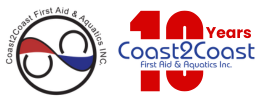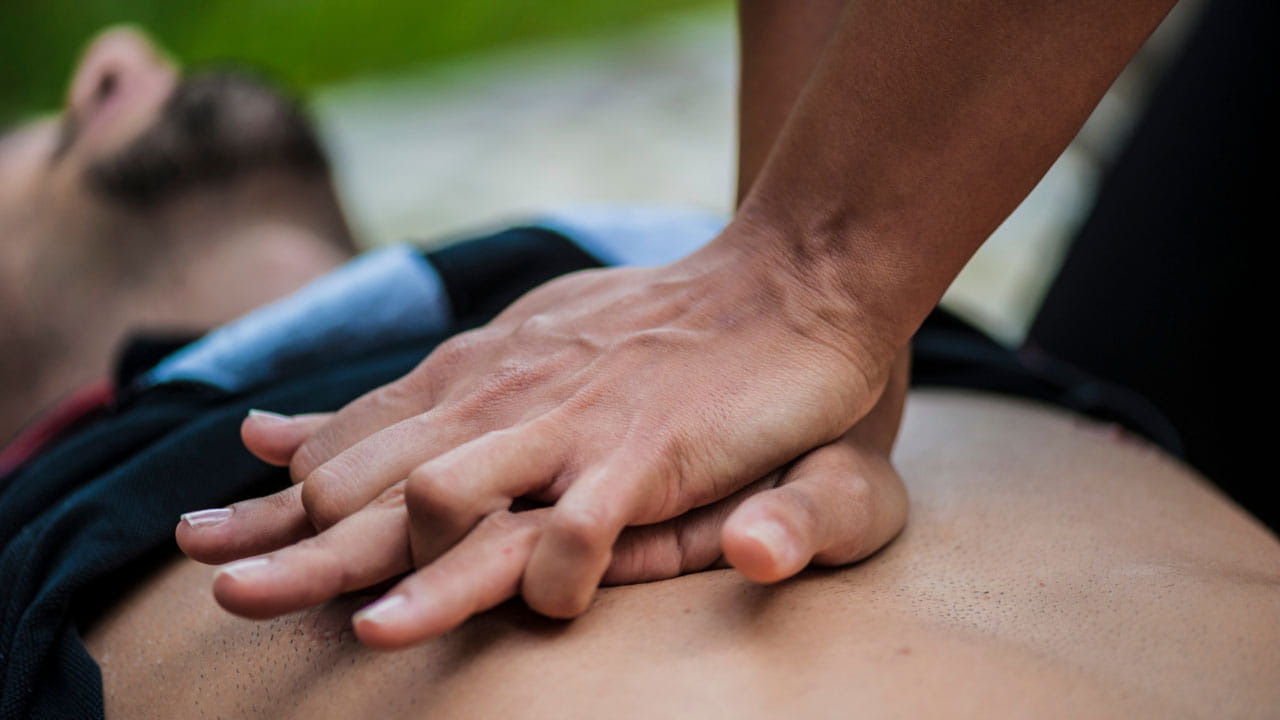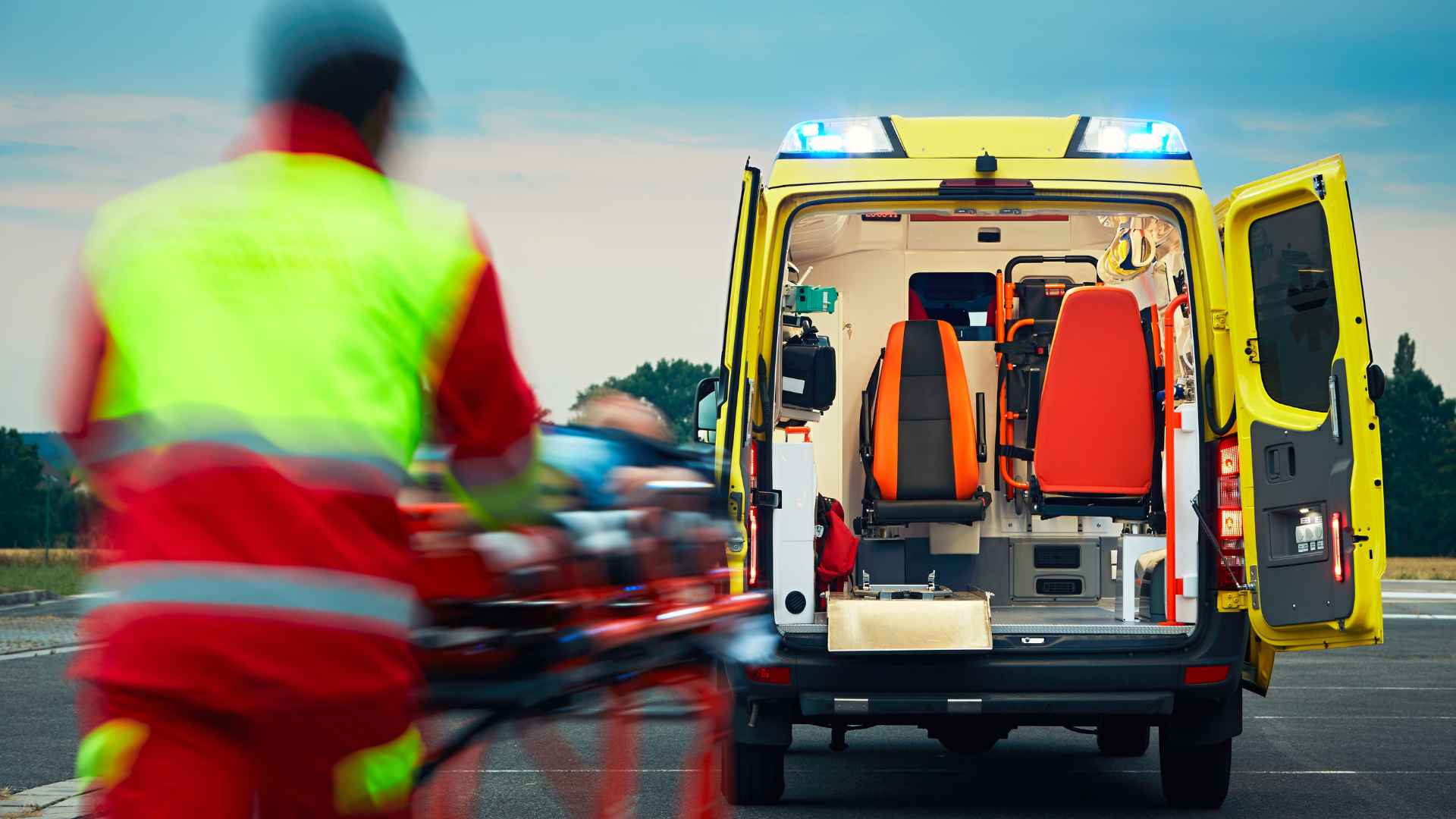There is no way of anticipating a crisis when it hits, and no way of avoiding it in most cases, either.
It is common for most people to encounter a medical emergency at some point in their lives. Depending on occupation and lifestyle, some will encounter disaster more often than others.
There are many situations that expose us to injury, from car accidents, to health issues, to violent crime, and more. The danger can range pretty widely as well, from a bad cut with bleeding that just won’t stop, to fractured bones, or sudden heart failure.
There is only one thing that you can do, to be able to deal with the danger with calm and precision, and that’s taking CPR training in Toronto. The big city is full of dangers, and the ability to save the life of a friend or loved one cannot be overrated.
Brief CPR Course – Big Difference
The saddest part is that very often, it doesn’t require a medical professional to save a life. True, the injured person will often require medical hospital treatment afterwards, but at least he or she will get to live to be treated, but only if someone could keep them alive until the ambulance arrives. That’s why it’s important to know what to do during a medical emergency.
There is also the fine line between a temporary or permanent disability that is drawn where a bystander, friend or relative does or does not know CPR or first aid techniques. Minutes count when a person has stopped breathing. Six minutes is death of oxygen deprivation. Five minutes is all it takes to bleed to death from an arterial wound. Poorly mended bones may never heal properly after the simplest of fractures. A small cut can fester and turn into a serious life threat if not cleaned at once. The list of things that can go wrong and can easily be prevented or contained, goes on and on.
All you need to do is make sure you know how to handle the danger once it occurs.
You’d be surprised at how easy it is when you’re prepared, and we don’t wish on anyone to find out how terrifying it is when you’re not.
At Coast2Coast First Aid and Aquatics, we have first-hand understanding of the importance of proper practice and training. We have a first aid course in Toronto, CPR training and first aid training in Mississauga, and other locations across the GTA.
The course is in fact very brief, and you’d be surprised how little you need to know to make a big difference in someone’s life.
Enroll now and be there for someone tomorrow.





